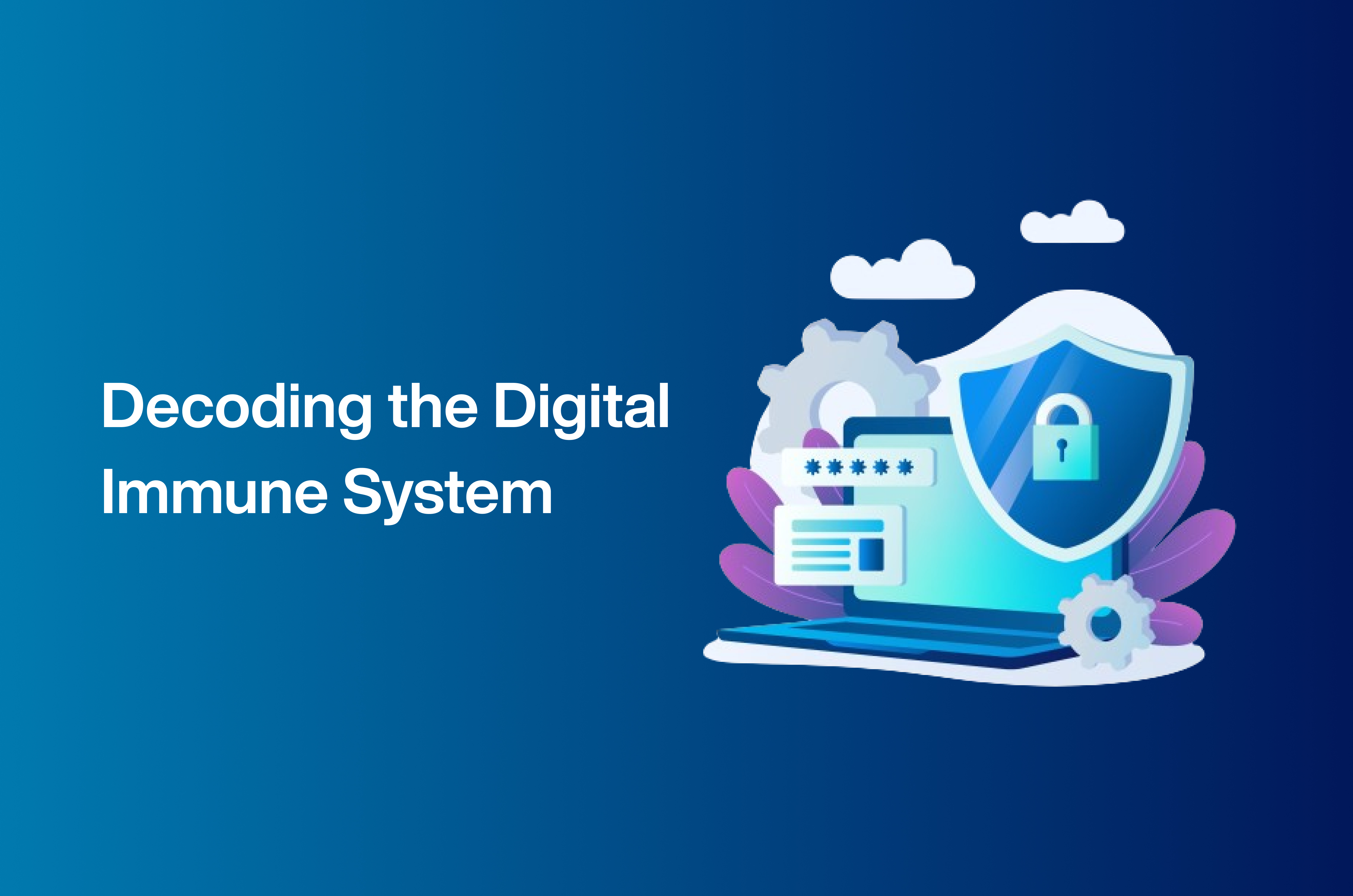Within the sphere of software development, the term "Digital Immune System" refers to a comprehensive array of processes, tools, and methodologies designed to shield digital environments from potential cyber threats. Much akin to the human immune system's role in safeguarding the body against infections, a Digital Immune System is geared toward bolstering software applications and systems against vulnerabilities, unauthorized access, and potential disruptions. It involves proactive strategies to pinpoint and address security risks, implement robust security protocols, and swiftly respond to emerging threats.
The Test Engineer's Role in Reinforcing the Digital Immune System
Test engineers play an integral role in the construction of a resilient Digital Immune System, actively contributing to various phases of the software development lifecycle. Here's how their involvement strengthens digital defenses:
- Proactive Testing for Vulnerability Identification
Test engineers conduct exhaustive security testing, encompassing penetration tests and vulnerability assessments. By simulating potential attacks and early identification of software weak points, they contribute to the establishment of a pre-emptive defense system.
- Rigorous Code Testing for Integrity
Ensuring the integrity of the code is foundational to a robust Digital Immune System. Engineers execute thorough testing, covering unit tests and integration tests, to validate that the code functions securely and is resilient to potential security breaches.
- Continuous Monitoring and Automation
Test engineers employ automated testing tools for ongoing monitoring of software applications. Automated tests aid in real-time detection of anomalies and potential security breaches, enabling immediate responses and enhancing the system's adaptability to evolving threats.
- Collaboration with Security Teams
Effective collaboration between test engineers and security teams is crucial. Test engineers contribute their expertise in testing methodologies, while security teams provide insights into potential threats and vulnerabilities. This collaborative effort ensures the seamless integration of security considerations into the development process.
- Incident Response Planning and Testing
Test engineers actively participate in the development and testing of incident response plans. Through simulated security incidents, they assess the effectiveness of response protocols, aiding organizations in preparing for and mitigating potential cyber threats promptly.
- Performance Testing for Resilience:
Digital Immune Systems must exhibit resilience to diverse challenges, including heavy traffic and potential attacks. Test engineers conduct performance testing to confirm that software applications can endure varying levels of stress and maintain optimal functionality, thereby enhancing the system's capability to resist and recover from cyber-attacks.
The role of a test engineer in crafting a resilient Digital Immune System is multi-faceted. Their involvement in proactive testing, code integrity verification, continuous monitoring, collaboration with security teams, incident response planning, and performance testing collectively contributes to the overall fortification of digital ecosystems. As cyber threats continue to evolve, the vigilance and expertise of test engineers become increasingly pivotal in shielding software applications and systems from potential vulnerabilities and attacks.




